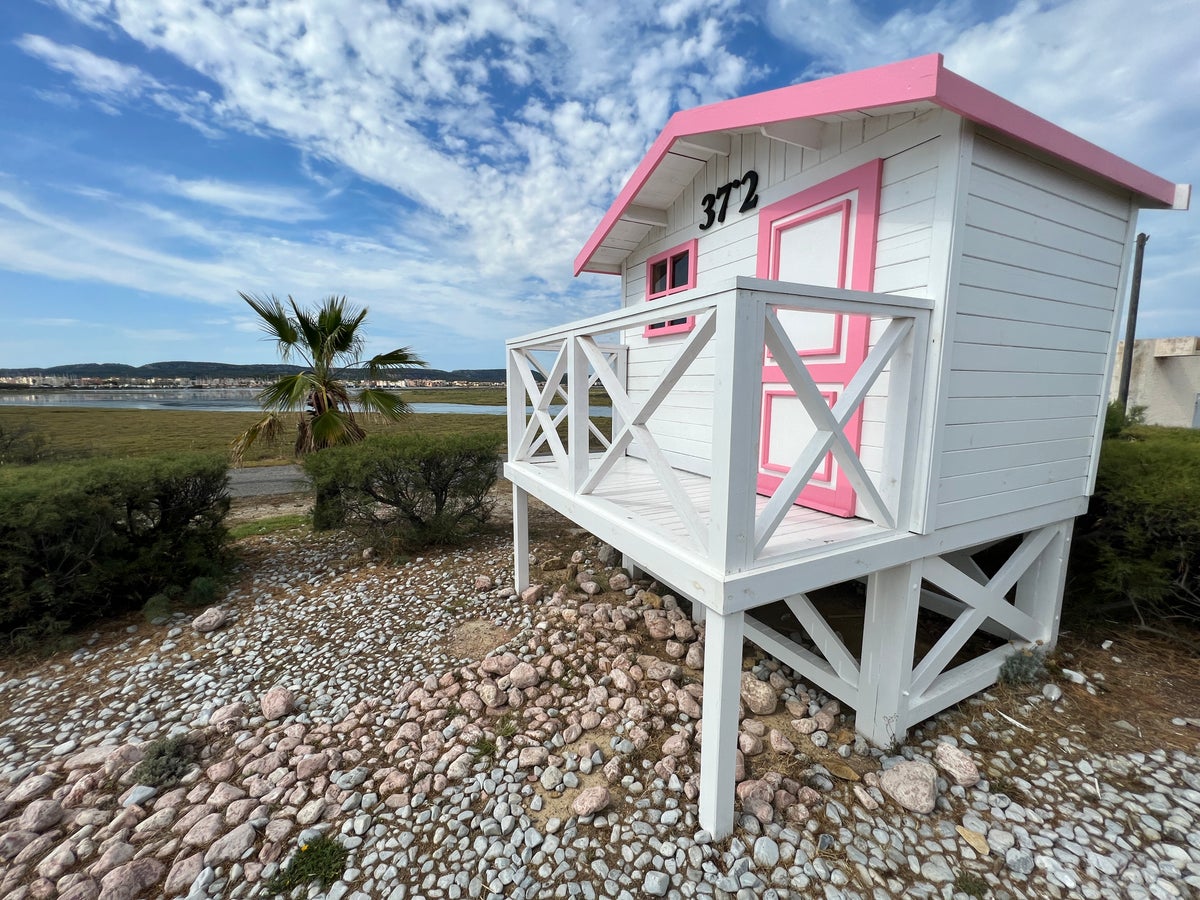
Simon Calder, also known as The Man Who Pays His Way, has been writing about travel for The Independent since 1994. In his weekly opinion column, he explores a key travel issue – and what it means for you.
My hidden talent is perhaps a little eccentric: identifying the nationality of a European car registration from 50 metres. It is born of years standing on continental roadsides hitching rides. Subconsciously I scan the oncoming traffic looking for the familiar font of a number plate from Germany: its citizens have always been surprisingly inclined to stop for hitchhikers anywhere in Europe. On journeys within Germany, the initial letters even inform you where the vehicle was registered, from Hamburg (HH) to Konstanz (KN) – and hint at where the car might be heading.
In a similar vein, French plates contain a geographic clue in the form of the two-digit number of the département: when thumbing from Paris to the south of France, cars showing “06” or “13” raise the prospect of a long lift down the Autoroute du Soleil from a Mediterranean resident heading home – they are the codes for Nice and Marseille respectively.
The era of low-cost aviation means I get little practice these days at long-range plate-spotting. Instead of a two-day journey by ferry and to the southernmost city in mainland France, Perpignan, I flew in two hours on Ryanair for a reasonable £80 one way.
Perpignan’s small airport merits a footnote in British tourism history as the one-time gateway to the Costa Brava. When package holidays got going to the Spanish coast, initially passengers flew to Perpignan and were bussed across the border to Estartit – pausing to exchange pounds for pesetas and buy a Spanish visa en route.
Perpignan railway station, too, is a notable piece of infrastructure. Not only is it on the high-speed line from Paris to Barcelona (making Perpignan accessible by rail as well as air), it has an unusual characteristic. The great Catalan surrealist Salvador Dalí calculated that it is the centre of the universe. Not every cosmologist will agree with his working, but the city is a most agreeable location.
This corner of France – stretching from the Spanish frontier in a lazy arc to the city of Narbonne – deserves your attention. History runs deep: the course of the Via Domitia still links communities, and you can even walk along a short stretch of the original Roman road in Narbonne. That city is the location for a dramatic new museum, Via Narbo, where the star exhibit is a wall of exquisitely engraved stones from Roman times, improbably rescued when the city walls were knocked down and now comprising a gigantic work of art.
Along the coast, stretches of beach are interrupted by lagoons – including, in the Gruissan area, a shocking pink salt lake. A pink chalet straight out of Barbieland welcomes you to Gruissan-Plage, where on Friday I looked in vain for foreign number plates.
Don’t get me wrong, I am proud to be a tourist and recognise the joy brought to mass movements of people to the Mediterranean, except in summers of excessive heat. But foreign travellers seemingly stop short of the southwestern shores of the Med, or bypass the coast en route to Spain. The usual summer pressures do not apply here.
This is where the French come to play, but not in overwhelming numbers. Finding decent hotel rooms at reasonable rates has been easy (so far). Restaurants spill out onto ancient pavements, and always seem to have one table left for a new arrival. Getting around without a car is almost always facile. A weird summer promotion on the railway known as AvantagiO’ Fute reduces train fares to small change, while buses seem to have a flat €1.20 (£1) fare. And if you find yourself, as I did, beyond the reach of public transport, there will probably be a friendly local along in a minute to pick you up. The number plate code to watch for: 11. This week it has been my lucky number.







